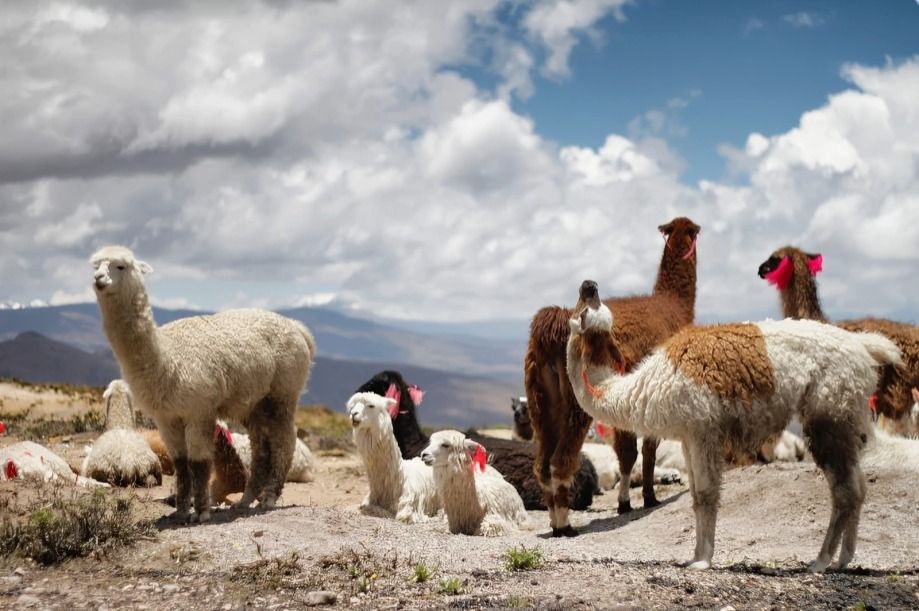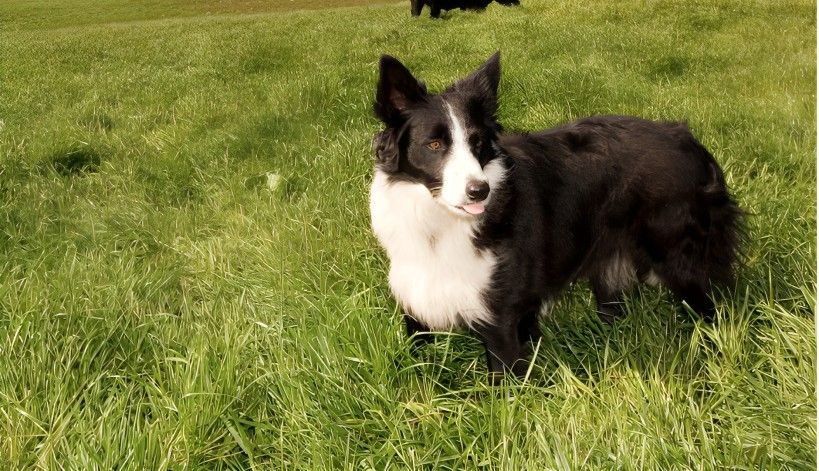
“
The Domestication of Animals in Neolithic Era was a groundbreaking development that reshaped human society. As people shifted from a nomadic lifestyle to settled farming, they began to domesticate various animals for food, labor, and companionship. This transition not only enhanced agricultural practices but also fostered the growth of stable communities. In this blog, we will explore 20 fascinating facts about the Domestication of Animals in Neolithic Era, highlighting the significance of these early practices in shaping civilization and our relationship with animals. Join us as we delve into this transformative period of human history!1
”
Dogs were likely the first domesticated animals, assisting early humans with hunting and providing companionship. Their loyalty fostered a bond that endures today, illustrating the power of mutual dependence.1
Goats proved crucial to Neolithic farmers due to their adaptability in various environments. They provided essential resources like milk, meat, and skins, becoming integral to the diets of early communities.2
Domesticated sheep revolutionized clothing by providing wool. This early textile innovation enabled humans to adapt to diverse climates and conditions, allowing for greater mobility and comfort in different environments3

Pigs were unique among domesticated animals for their ability to forage and thrive on food scraps. Their knack for converting waste into meat made them indispensable for early agricultural societies.
The domestication of cattle dramatically changed farming practices, offering powerful labor for plowing fields. This innovation significantly increased agricultural productivity and allowed communities to grow and expand more rapidly.4
Cats, once wild hunters, became invaluable for controlling pests in grain stores. Their role in safeguarding food supplies led to a symbiotic relationship with humans that continues to this day.5
Horses were primarily domesticated for transportation, significantly changing trade dynamics. Their speed and endurance allowed humans to travel further, enhancing cultural exchanges between distant communities.6

Llamas were domesticated in South America as efficient pack animals. Their ability to navigate rugged terrains made them essential for transporting goods across the Andes Mountains.
Selective breeding began during the Neolithic era, with farmers intentionally choosing animals for specific traits. This practice paved the way for the diverse livestock breeds we recognize today in modern agriculture.7
Neolithic societies often depicted domesticated animals in their art, showcasing their importance in daily life and providing insights into human-animal relationships within agricultural societies.8
The domestication of animals facilitated early trade networks, making livestock and animal products valuable commodities that enriched neighboring communities through shared resources and knowledge.9
Animal husbandry transformed community social structures. Individuals with larger herds gained higher status, creating early hierarchies that shaped social dynamics in Neolithic societies.10
Humans' relationships with domesticated animals provided emotional support during challenging times. Pets contributed to psychological well-being, fostering companionship and stability in the Neolithic era.11

Donkeys were domesticated for their strength and endurance, making them essential for transportation. Their ability to carry heavy loads across difficult terrains proved invaluable for traders and farmers during this period.
In various cultures, domesticated animals were central to religious practices. Livestock sacrifices reflected spiritual connections and highlighted animals' significance in community rituals.12
Domestication processes differed by region, with some cultures focusing on animals suited to their environments. For instance, reindeer were domesticated in northern areas to support survival in harsh climates.13
Chickens were among the last animals to be domesticated, primarily for their eggs and meat. Their rapid reproduction made them a staple protein source, providing sustenance for growing Neolithic communities.14

Water buffalo played a vital role in rice cultivation, expertly navigating flooded fields to enhance agricultural efficiency. This innovation transformed farming practices in densely populated Asian societies.
The domestication of animals shaped migration patterns, as communities established permanent settlements near water sources to support livestock. This evolution led to complex agricultural societies and cultural exchanges.15
Ferrets were used in some Neolithic cultures for hunting rodents, illustrating an innovative method of pest control. This practice demonstrated the diverse relationships humans built with domesticated species.16


